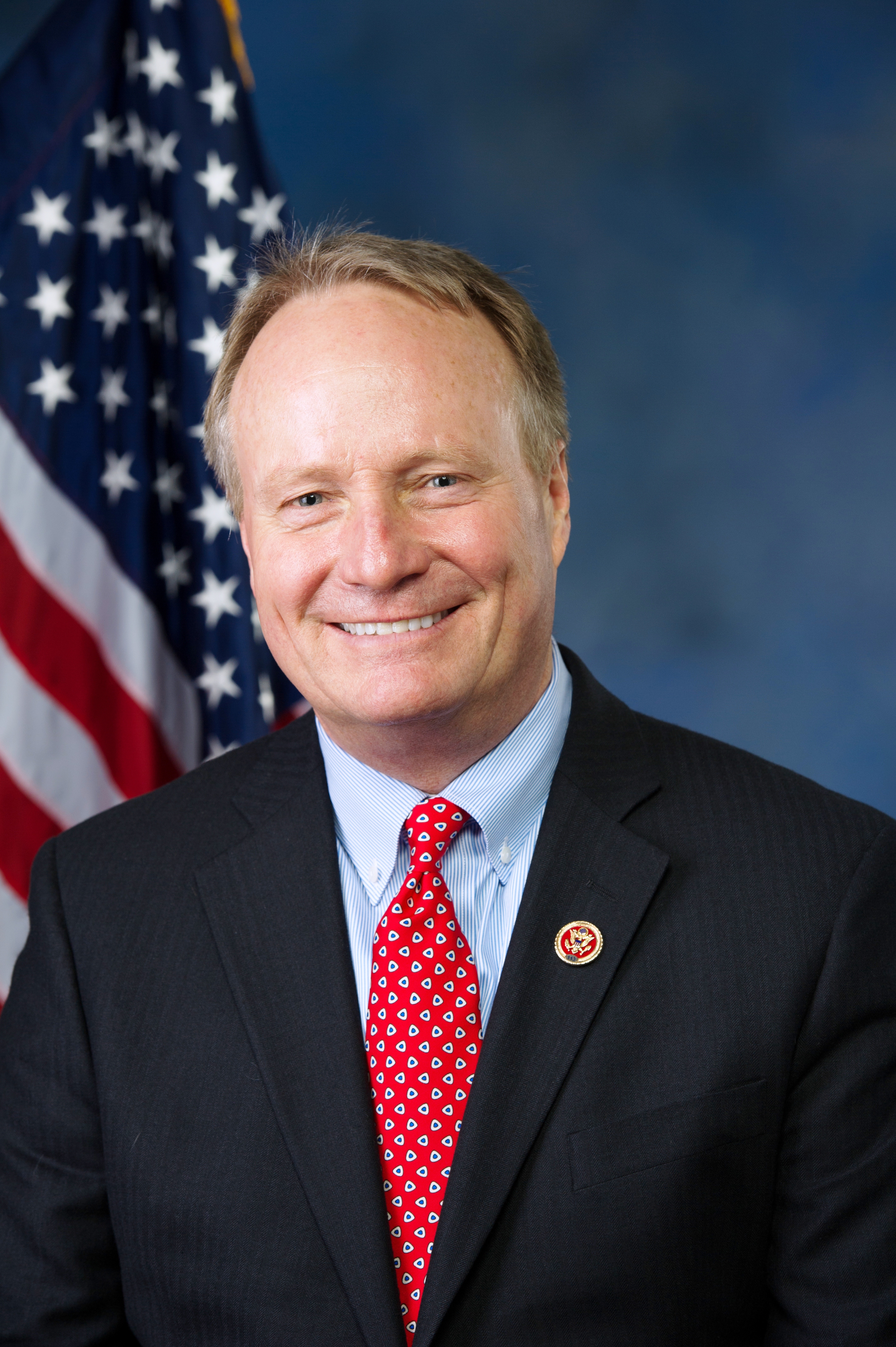AARP Hearing Center

Rep. David Joyce (R-Painesville, OH) has introduced a bill that would require transportation planners to incorporate safety for all modes of travel into design for federally-funded street and roadway projects.
The bi-partisan bill (HR 2468) requires no or minimal additional spending on new roadways or improvement projects, but simply directs state and regional-level planners to consider better design of sidewalks, intersections, bicycle lanes and other features to improve safety for all.
Planners would have two years to adopt “Complete Streets” policies that ensure the safety needs of all roadway users are taken into account during the design, planning, construction, reconstruction, rehabilitation, maintenance, and operating phases of transportation projects.
The approach is already being used in 28 states, more than 490 regional and local jurisdictions, Puerto Rico and the District of Columbia . AARP Ohio is urging the state’s other House members to join Joyce’s lead.
The number of pedestrian deaths increased by three percent and bicyclist deaths by nine percent between 2010 and 2011, according to the National Highway Transportation Safety Administration. And two thirds of the more than 47,000 pedestrian fatalities nationwide from 2000 to 2009 occurred on federal-aid roadways.
Older Americans are at even greater risk. Seniors represent 13 percent of the population but accounted for 20 percent of all pedestrian fatalities in 2011. One fifth of those 65 and older don’t drive, yet almost half of respondents to an AARP survey of people 50 and above said they can’t safely cross their main neighborhood roads.
“Kudos to Congressman Joyce for signing on to this important legislation,” said Luke Russell, associate state director for advocacy with AARP Ohio who visited Ohio congressmen in DC to urge them to co-sponsor and fight for this measure. “Mobility is critical for older citizens, and the simple concept of this bill – requiring planners to think through road design for all users and not just motorists – can go a long way to improving the quality of life for everyone at little to no cost.”
Research shows that well-designed sidewalks, bike lanes, intersections, and other street features to accommodate all modes of travel can significantly reduce injuries, deaths, and automobile crashes. Safe, convenient, and efficient transportation infrastructure enhances the quality of neighborhoods, supports property values, and mitigates the effects of traffic congestion.
Using proven design elements to improve the safety of all roadway users reduces pedestrian crashes, and some communities have even saved money through safe streets planning. Planners have also used safe streets strategies to give their communities a competitive edge in quality of life factors.
The Safe Streets Act allows state, regional, and local jurisdictions to exempt certain projects from compliance, including major highways where laws prohibit the use of rights-of-way, if the cost of implementation would be prohibitive, or if the existing and planned population and employment densities around a given roadway are low enough that there is a clear lack of need.
Along with AARP, the Safe Streets Act is supported by the National Association of Realtors, the American Planning Association, the American Public Transportation Association, Transportation for America, Easter Seals, Safe Routes to School National Partnership, the America Society of Landscape Architects, America Walks, and the League of American Bicyclists.































































